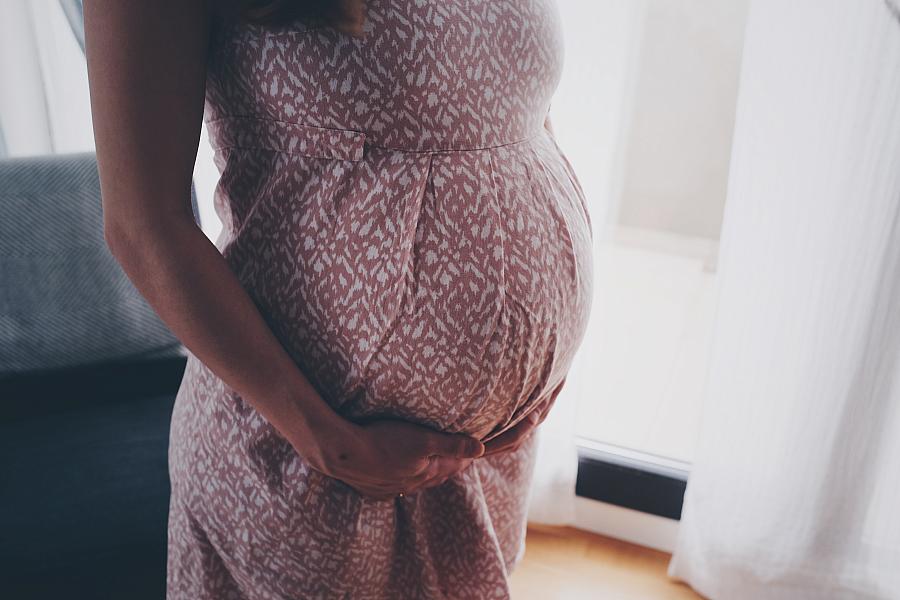Can Washington state deliver on its promise of better care for vulnerable moms and children?

(Photo by Ömürden Cengiz via Unsplash)
Well before the Supreme Court overturned Roe v. Wade, there were rumblings of what was coming. Last December, as the Dobbs v. Jackson case made its way through the courts, a post-Roe future revealed itself on the horizon.
News coverage primarily spotlighted what this would mean for pregnant people in states likely to ban abortions. But as I sat at my desk in Seattle, Washington, a so-called “safe haven” for abortion rights, I wondered how the story would unfold around me.
To find the answer, I decided to cut through the politics around the issue and get to the heart of the question with an evidence-based approach. How would access to abortions play out in Washington, the first state to codify Roe into state law, if abortion was no longer a constitutional right?
To understand this, I mapped out all publicly funded clinics in the state and found that more than half the counties here do not have an abortion clinic. Meanwhile the Guttmacher Institute projected Washington would receive a 385% increase in out-of-state patients traveling here for abortion care. I then carried out a simple data analysis of the density of people of reproductive age per publicly funded abortion clinic in the state.
The analysis revealed there is less than one clinic for every 10,000 females of reproductive age. My reporting showed the state was woefully unprepared to meet any increase in demand for abortion care, and that lack of capacity would ultimately impact women of color, according to latest available data from the CDC.
When Roe was finally reversed in June 2022, I planned to follow up on the fallout in Washington. When discussing this with senior fellow MaryJo Webster, I quickly realized it would take some time — at least a year — for us to get a full picture of the impact of the Dobbs v. Jackson ruling in states where abortion care is legal.
As a result of MaryJo’s prodding, I expanded the scope of my reporting to cover the other aspects of reproductive health care, which includes access to maternal and child health care. With true reproductive justice, becoming pregnant wouldn’t disadvantage a woman from fully participating in society, a source once said to me. True reproductive justice would mean the risks associated with becoming pregnant would neither compound nor be compounded by other forms of systemic inequity, and people would have access to necessary resources to take care of their children and themselves.
Supported by this knowledge and preliminary reporting, I decided to base my 2022 Data Fellowship project on maternal health care in Washington state. I’m keen to investigate how the state delivers on its promises of good health and support for mothers and children, especially those from vulnerable groups.
I’m interested to learn and report on the journey of a mother-to-be in Washington’s health care system, and how different or similar outcomes look for single-mother families. Further, what impact has the pandemic and record inflation had on maternal and infant health care?
My long-term goal is to investigate the disparities in the system and get to the bottom of the gaps in policy that may exacerbate the situation. I’m curious to identify where accountability lies and what practical solutions exist that could specifically work for Washington state.
With data supporting this reported project, my hope is to plant the seeds of actionable change and bring positive outcomes for an underreported issue. My intent is to see how an evidence-based approach to discussing women’s health care — rather than polarizing conversations devoid of scientific inquiry — can lead to solutions.
**
